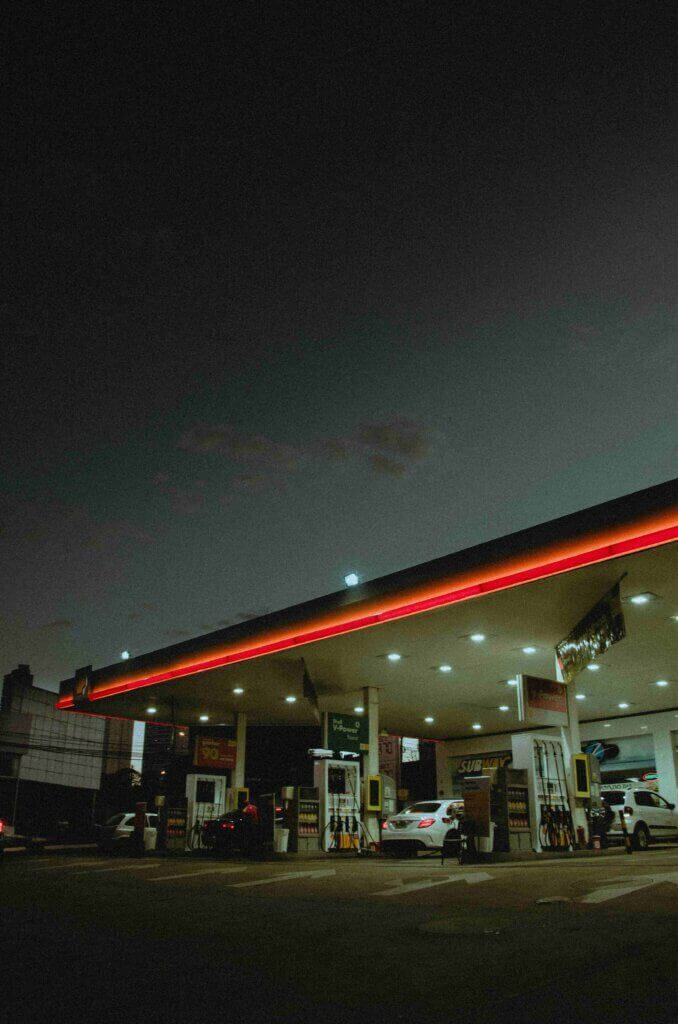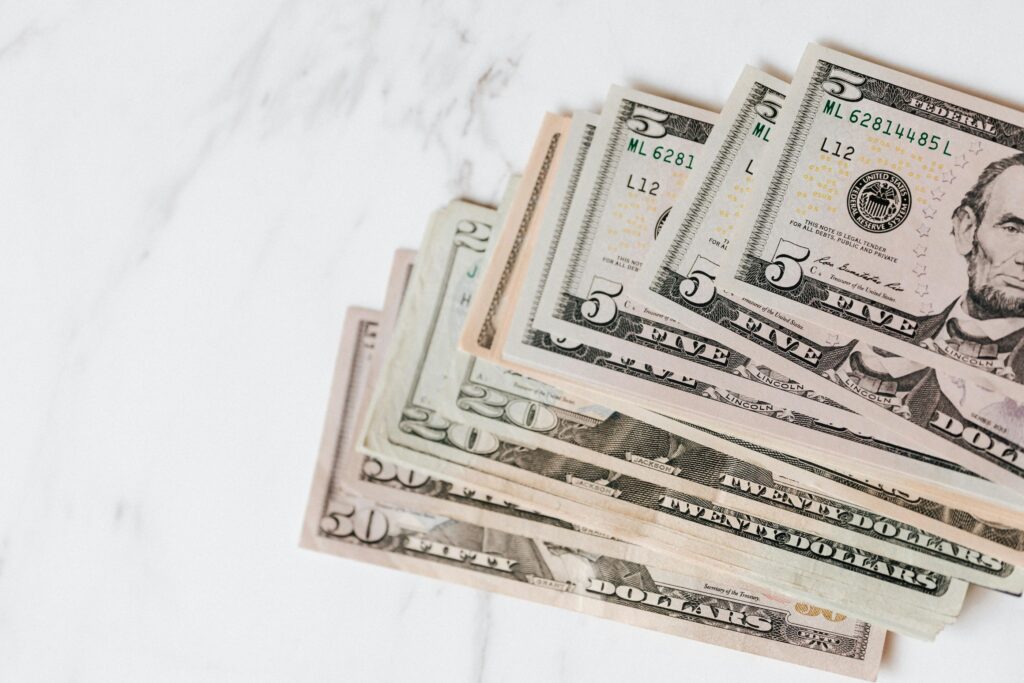Oil price news reveals major opportunities for commodity traders.
Oil prices settled on Tuesday, as fears of conflict escalation in the Middle East, triggered by soaring fears of activated military strikes in southern Gaza, countered the softness of the physical market and concerns over persistent US inflation.
Oil Price News: Trading Opportunities
Brent crude futures lost 30 cents, or 0.4%, to $83.03 a barrel by 13:30 GMT.
U S West Texas Intermediate (WTI) futures slipped by 25 cents, or 0.3%, to $78.23.
The first-month Brent premium to the six-month now stands at $2.85, the lowest since mid-February.
Commodity trends: Oil, gold, gas and more!
The streaming news service for oil prices also ran stories that morning about the Houthi threat to the Suez Canal and other shipping operations, including tankers, in the Red Sea.
Oil Price News: Decline in Oil Prices
The recent decline in Brent and WTI prices also reflected ‘the biggest weekly losses in three months’, according to The Wall Street Journal.
It was prompted mainly by the weak US jobs data; there were also worries that the Federal Reserve was not as interested in tightening its interest rates as had been initially signalled.

Kashkari, president of the Federal Reserve Bank of Minneapolis, pointed out that inflation was ‘running sideways’ and that ‘this may not be the restrictive monetary policy that perhaps some people have been worried about’.
Oil Price News: US oil inventory
The reason for the more restrained response to oil price news was that the dollar’s recent strength made crude more expensive for traders with non-dollar currencies.
Now attention will turn to US inventory reports. Analysts expect to see crude oil inventories drop by 1.2 million barrels last week, according to a Reuters poll.
BP’s (BP.L) first-quarter earnings slumped 40% to $2.7 billion, falling short of estimates as lower energy prices and a US refinery outage outweighed increased production of oil and gas.
The London-based energy major kept its dividend at 7.27 cents per share and said it would continue its programme of share buybacks at $1.75 billion over the next three months, as it did in the previous quarter.
Oil Price News: BP profit drops
In oil price news, the new CEO Murray Auchincloss says he is trying to steady the ship after the sudden exit of his predecessor Bernard Looney in September.
Even so, BP’s profit fell 5% short of forecasts.
Auchincloss, a long-time CFO under Looney who was appointed CEO this month, has promised to strip away waste and lower costs to reassure investors that BP’s pivot to a low-carbon business is achievable.
It was widely reported the oil price this Tuesday saw BP announcing a goal to slash cash costs by at least $2 billion by 2026 versus 2023.
By 08:52 GMT, after tumbling 0.2% in early trading, BP shares weighed on the European energy index (.SXEP), which added 1.5%.
Oil Price News: BP on path to recovery
In the first quarter of the year, BP said underlying replacement cost profit – its measure of net income – fell slightly short of analysts’ forecasts at $2.7 billion, notching up $200 million less than average forecasts of $2.87 billion.
That was down from $3 billion in the preceding quarter, and $5 billion a year ago.
Overall, the results reflect the drag from lower energy prices and a refinery outage at Whiting, Indiana, of around $400 million.
But they also illustrated BP’s benefits from a buoyant oil trading performance, the effects of rising refining margins, and higher production of oil and gas.
Oil Price News: BP gas rising
In the oil and gas division, production rose 2.1% year-on-year to 2.38 million barrels of oil equivalent per day, thanks to new field start-ups at the Azerbaijan and United States projects.
‘We’ve got good operational momentum,’ said Auchincloss.
Faced with the prospect of weaker sales this summer, BP, like its peers, made up for lost time by restocking diesel and gasoline inventories, dragging its cash flow down by 34% to $5 billion.
Its debt rose to $53 billion and its debt-to-market capitalisation ratio climbed to 22% from 19.7% in the previous quarter.
Latest commodity news: Gold & oil drops, green energy rises!
BP was the last of the global oil giants to report first-quarter performance, following last week’s announcement by Shell that its earnings jumped to $7.7 billion, comfortably beating forecasts.
Oil Price News: Exxon, Chevron rises
The Anglo-Dutch oil major took full advantage of soaring natural gas prices. Meanwhile, Exxon Mobil (XOM.N) and Chevron revealed a profit decline from last year as sharply lower natural gas prices wiped out some of the gains from surging oil.
Saudi Aramco (2222.SE) reported first-quarter profit of $27.3 billion, down 14% from a year earlier.
Saudi Arabia’s state oil company, Aramco (2222.SE), has promised to pay $31 billion in dividends to the government and shareholders for 2023, despite a small dip in first-quarter earnings due to lower oil prices and sales volumes.
Oil Price News: Aramco payouts
The Saudi government owns about 82.2% of Aramco and depends on these payouts, including royalties and taxes, to support government activities.
Saudi Arabia is the biggest oil exporter in the world, and it’s investing heavily to diversify its economy beyond oil.
In oil price news, Aramco said its net income for the quarter ending March 31 fell by 14% to $27.3 billion from $31.9 billion a year earlier, but in line with analyst estimates.
The company plans to pay a base dividend of $20.3 billion for Q1 entirely covered by quarterly profits, and an additional $10.8 billion performance-linked payout to be disbursed in Q2.
Oil Price News: Aramco dividend for traders
Last year, Aramco debuted a special performance-based dividend tied to record 2022 earnings, estimating that 2024 will see $124.3 billion in dividends declared – $43.1 billion in performance-linked distributions.
OPEC+ has since cut production several times since late 2022 in response to growing competition in the United States and by a few other non-OPEC countries along with concerns over demand with interest rates high.
Brent crude has averaged around $83.50 so far in 2024, while the IMF estimates that Saudi needs oil at $96.2 to balance its budget; the kingdom expects a budget deficit of 79 billion riyals ($21.07 billion) this year, which could see delays in most of the mega projects.
In the face of such obstacles, the country’s Finance Minister Mohammed Al Jadaan said that the Vision 2030 plan was ‘adjustable’, and could be modified, with some projects accelerated, scaled back, or extended.
Saudi Arabia could receive as much as 138 billion riyals ($36.80 billion) in financing this year, three times more than the $23 billion projected.
Aramco itself is planning to sell bonds in 2024, its CFO reported.
This spring, the Saudi government told Aramco to halt its programme to boost the capacity of its giant oilfields, calling off the enormous Safaniyah and Manifa projects that had been planned to boost capacity to 13 million barrels per day (mbpd).
The current plan leaves the capacity at 12 mbpd, with further boosts of 300,000 and 250,000 barrels per day (bpd) from Marjan and Berri by 2025, respectively. Zuluf should add 600,000 bpd in 2026.
Returning to the world of high oil prices, it was just announced that Saudi Arabia is about to sell more Aramco shares, with Citigroup, Goldman Sachs and HSBC signed up to handle the deal.
Oil Price News: Selling Malaysian business
The energy giant has been negotiating to sell its second-biggest network of gas stations in neighbouring Malaysia to Saudi Aramco for as much as $1 billion.
Shell declined to comment. It said only that it remains committed to the Malaysian market. Saudi Aramco has not commented on the deal.
The state-owned oil giant, which sells petrol in Saudi Arabia and around the world through partnerships with TotalEnergies and S-Oil Corp, has known for its expansion as oil companies become more conscious of their environmental footprint and climate contributions.
Shell (SHEL.L) has around 950 branded fuel stations in Malaysia, placing it second only to the state-owned Petronas network.
Negotiations with Saudi Aramco picked up speed in late 2023 and a deal is likely before the end of the year; two sources suggest a value of 4 billion-5 billion ringgit ($844 million-$1.06 billion) for the potential deal.
Other than its fuel station business, Shell is a producer of crude oil and natural gas off Sarawak and Sabah, and runs two joint venture LNG plants.
The possible sale fits into the strategy set by Sawn, Shell’s chief executive, to reduce the company’s operational complexity by focusing on more profitable segments.
Shell intends to divest 500 filling stations this year and next and is also selling its integrated refinery and petrochemical complex in Singapore that supplies the Malaysian network.
The latest news on the oil prices reveals Shell’s plan to sell the Singapore refinery on the Bukom Island.

At the same time, Saudi Aramco, which owns 50% of the 300,000-barrel-per-day Pengerang refinery in Johor (with Petronas owning the other half), is looking to increase its footprint in Malaysia via this acquisition.
Oil Price News: Shell Boosts FTSE 100
Its products are sold on the domestic and export markets.
Coverage of the oil price has been tilted toward how the acquisition is likely to affect the region’s energy security.
Shell’s boost came after the UK’s FTSE 100 index climbed to a record on Tuesday, following news that it plans to sell Malaysian assets.
Meanwhile, BP was little changed after it failed to meet analysts’ expectations for the first quarter.
The FTSE 100 index (.FTSE) closed up 1.1% at 8,304.28 points, having earlier hit a new record high of 8,311.02. The index has closed higher in 10 of the last 13 sessions.
Shell (SHEL.L) shares jumped 1.7% today after Reuters reported that the energy major is in talks to sell its Malaysian gas station business to Saudi Aramco, just a day after it announced it would quit the downstream business in South Africa.
Shell’s restructuring, which involves focusing on stable, cash-generating sectors, is welcome, said Susannah Streeter, head of money and markets at Hargreaves Lansdown.
Meanwhile, BP (BP.L) dipped 0.2% after reporting a dip in quarterly earnings due to lower oil and gas prices and a US refinery shutdown, but kept its share buyback programme intact.
Precious metal miners (.FTNMX551030) rose 2.1% as demand for safe-haven assets rose following heightened uncertainty over the Gaza ceasefire.
Meanwhile, news this morning about the slump in oil prices, coupled with credit data showing that British consumer spending stumbled last month, focused investors’ attention on the Bank of England’s interest rate decision later today.
‘Though the BoE is expected to keep rates on hold, the retail sales numbers suggest that the economy’s foot is coming off the gas under the pressure of curb on borrowing costs,’ said Streeter.
‘Two BoE rate cuts are still a certainty this year: one in August and one in November.’ As a result, yields on two-year and 10-year British government bonds dropped to their lowest levels in more than three weeks.
And a senior US Treasury official told me that Iran’s network for transporting oil is leveraging service providers in Malaysia, and that oil is moved out of Singapore and through the rest of the region.
Oil price news is now increasingly focused on the Treasury’s watch over fundraising and black market sales of Iranian oil that support militants in south-east Asia.
One senior US Treasury official told The Electronic Intifada that Iran and its proxies, including Hamas, are engaging in a ‘computer explosion in fundraising in the region’, including under the pretext of charitable work.
The US is pressing for direct talks with Malaysia to keep its jurisdiction from becoming a tool for these purposes, the officials said, adding that these groups exploit much-needed goodwill toward the Palestinian people for ‘destabilising activities’.
These issues will come to the fore this week as Brian Nelson, Under Secretary of the Treasury for Terrorism and Financial Intelligence, and Neil MacBride, the Treasury Department’s general counsel, are in Malaysia and Singapore to deal with them head-on.
Now the sanctions have been extended to four Malaysian-based firms accused of assisting Iran in manufacturing its drones, with the US Treasury noting ‘success’ in curbing Russia’s oil profits under the price cap ‘without disrupting global energy markets’.
Although progress has been made, the control of the sanctions remains a hurdle.
The continuation of the price cap on Russian oil was dealt a blow when several Singapore-based shipping and insurance firms reported difficulties in verifying the paperwork for Russian oil sales below the $60 cap.







